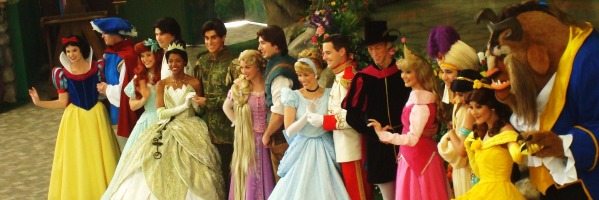Disney’s first Latina princess: happily ever after?
[dropcap]A[/dropcap]lmost 80 years since Snow White hit theatres around the world, Disney has finally created a Latina Princess. And it’s a pretty big deal. Although the animation powerhouse didn’t rely on princesses in the past, since the 90s and Disney Renaissance, the group of 13 or so teenage girls have increasingly become symbolic of the company, even eclipsing Mickey Mouse for some people. Disney has always been a touchstone for many children – everyone can remember at least one Disney film from their childhood – and it’s about time that moves towards cultural diversity were made.
Although it may not seem like a big deal, representation is important to the millions of young people who will tune in to watch Elena of Avalor on Disney Junior – until now, swathes of Latina girls have had no figure that they could make a connection with.
Elena finally provides them with a version of beauty and power that they can connect with – they can aspire to be like her, they see themselves reflected in her.
Although Elsa may be a breakthrough character for the company, she still adheres to the traditional Disney blueprint of beauty of blue eyes and blonde hair. Considering the diverse audiences that they regularly pull in, the inclusion of a Hispanic princess is long overdue. And the decision to have her voiced by the Dominican-born Aimee Carrero, rather than a famous name, shows a cultural sensitivity that the House of Mouse is starting to display more and more often, as evidenced by the amazingly varied cast and characters of Big Hero 6.
The production team is similarly well-chosen. Doris Sommer and Marcela Davison Aviles, of Harvard and the El Camino project respectively, are cultural advisors to the series, while Silvia Cardenas Olivas (The Brothers García) is helping to executive/produce the series.
The decision to turn to actual Hispanic people for both cast and production is another sign that Disney is becoming more culturally sensitive – and who’s going to complain about that?
However, it’s important that Disney builds on this. The vast majority of Disney princesses are still white, with better marketing and bigger profiles than their more diverse counterparts. As the company moves forward, we need to see more and more leading characters who represent the actual diversity of the world, rather than a group of racially diverse princesses who are struggling to gain a foothold in the consciousness of young girls (and boys) across the world. An animation house as big as Disney has the power to influence how we see different cultures to our own, and it’s important that they do so sensitively. Here’s hoping that Disney can continue to make fans across the world proud.

Comments